If you're new here, you may want to subscribe to my RSS feed. Thanks for visiting!
By the author of Household Preparedness Training – Domestic Protocols For Crises And Emergencies)
Cooking and boiling water under any circumstance is a critical skill. Whether outdoor or indoor (i.e., bugging out or sheltering in place), we must be able to utilize different devices and techniques to perform these two simple yet essential tasks.
Boiling has many uses: getting rid of viruses, bacteria, and other waterborne pathogens, preparing foods and drinks, sterilizing instruments and baby items, etc. As for cooking, you don’t need me to tell you the importance of a hot meal for morale when times are hard.
In this article, I’ll cover the most common devices for cooking and boiling water at home and outdoors (in the streets or the wilderness). I’ll go over the main advantages and drawbacks of each, plus a few tips, sharing my experiences camping, backpacking, and training in street survival or household preparedness.
Let’s start with a few basics.
Fire starting
Starting (and maintaining) fires with sticks, bow drills, and ferro rods is fun and rewarding (especially in wet conditions). Still, it can be time-consuming, unpractical, or downright frustrating, even for experienced folks.
For now, let’s focus on proven methods that are convenient and effective regardless of settings and circumstances: always keep an assortment of lighters and matches at home and in your backpack (or bug-out bag).
Some devices have built-in piezo starters, which also work for gas and some fluids but not for solid fuels. Lighters and matches work for everything, period.
Indoor vs. outdoor
At home, we’re less constrained by weight, size, and fuel type. For my home preparedness grid-down simulations or when the grid actually goes down (which is happening with increasing frequency lately), I use a family-size camping gas stove (the classic Primus Atle 2-burner stove) for practicality, safety, and versatility. I also occasionally use my liquid fuel stove (second best) and my spirit and solid fuel stoves for practice (and fun).
We carry our survival gear outdoors in a backpack, so weight and bulk matter. However, we must also consider autonomy and versatility relative to the duration of our trip and other needs.
For camping, backpacking, or my bug-out dry-run exercises (basically trekking trips with tactical and strategic considerations), I rotate between the Trangia (spirit), the Siege (wood), the Esbit (solid), and the Soto Amicus (gas canister) stoves, depending on which type I feel like taking out at the time. They all work well and are reliable and discreet.
Fuel
The type of stove we use varies according to the fuel we use. Nearly all stoves are designed to work with one fuel group, meaning you can use different liquid fuels in a stove but not gas or alcohol and vice versa.
Few rare stoves accommodate different fuels, such as stick stoves, which can burn wood, paper, solid fuel tablets, and even liquids. Before considering stoves, it’s helpful to understand the limitations and advantages of different fuels.
Efficiency is paramount, so a higher caloric output is desirable. Depending on the stove, you may have to keep adding fuel to boil the water or cook the meal thoroughly.
Below, I provide a table comparing the main types of fuel and their energy rating (more is better, but other characteristics must also be considered):
| Fuel | Energy Rating |
| Propane | 50.2 MJ/kg
(21,600 BTU/lb) |
| Butane | 49.2 MJ/kg
(21,500 BTU/lb) |
| Coleman fuel
(White Gas) |
47.7 MJ/kg
(20,700 BTU/lb) |
| Gasoline (petrol) | 46.5 MJ/kg
(20,100 BTU/lb) |
| Kerosene | 46.4 MJ/kg
(20,000 BTU/lb) |
| Ethanol (70%) | 29.8 MJ/kg
(13,000 BTU/lb) |
| Wood | 20 MJ/kg
(8,500 BTU/lb) |
| ESBIT / FireDragon | 30 MJ/kg
(13,000 BTU/lb) |
A few examples in practice: a small Trangia-style filled to the top with cereal alcohol will burn for 10 to 15 minutes, enough to boil 400-500ml of water in all but inclement weather. Esbit tablets come in various sizes with specific burning times for each task (4g approx. 5 min. / 5 g approx. 7 min. / 14 g approx. 12 min. / 27 g approx. 15 min.). Depending on the stove used, a canister of propane/isobutane mix will cook three single-person meals daily for a week.
Of course, these times vary depending on altitude and weather conditions, among other things. Wind and cold will require more time and fuel, and vice versa. Boiling water at ambient temperature will require a lot less kilojoules than melting snow, and so on.
The cookware utilized also plays a role: camping gear made from aluminum is thinner and thus heats up faster than regular kitchen pots and pans, which are thicker. Titanium heats even quicker but doesn’t spread the heat as well, creating hot spots that can burn the food (water can be boiled even in a plastic container, though).
Alloy camping cooking pieces are too thin for powerful, domestic electric cooktops and gas stoves, but they work more efficiently with alternative stoves, as shown here.
Flame control
The flame from solid and liquid fuels such as wood, Esbit tablets, or spirits cannot be regulated. You may make a fire hotter by adding wood or increasing the quantity of fluid or solid tablets, but not in the same way as a gas or liquid stove, which has a valve that allows for simmering and a full flame.
That may be a non-issue when boiling water or heating a liquid (e.g., milk or coffee), but if you’re cooking (and depending on the cookware being used), it may undercook, overcook, or burn the food. It may cause hot spots and uneven cooking, leaving an aftertaste or sticky residue. Having some experience helps with this.
One way to have some control in those cases is to adjust the distance between the pot, kettle, or pan and the flame. Another is to utilize a barrier such as an iron cast between the flame and the pots, place the pots alongside the flame rather than on top, and control the exposure by holding the pots in and out of the flame as needed.
The only way to know what works best is through trial and error. That’s why I always advise preppers to test and train, whether at home, on the streets, or in the wilderness.
Concealment
I do a lot of stealth camping in the city, on the roadside, in rural settings, etc. Thus, I’m always conscious of potential signaling and attention-drawing. Fire and light are two significant concerns in these settings and situations.
I’m conditioned to favor blue flames, little or (preferably) no smoke, and low noise. Even at home (indoors) I’m aware of that. Whenever I’m doing grid-down simulations because, in an SHTF, I’d want to draw as little attention as possible, so I like to train for that.
Fire from wood, paper, plastics, or other solids (organic or otherwise) tends to burn bright and produce lots of smoke, cackle, and ember. Solar stoves are 100% silent and smokeless but can draw attention from above. Spirit stoves with cereal alcohol and propane gas usually burn a blue, smokeless flame with little to no noise and after residue. Liquid and solid fuel stoves come after and are generally inconspicuous, too.
Safety
Be attentive when dealing with fire, flames, and fuel sources. While multitasking on a cooktop or gas stove at home may be okay, it’s not recommended when cooking in the wilderness or during a grid-down event (or simulation) at home.
Even if you’re used to handling alternative stoves and cookware, it’s a good idea to stay in the moment and focus on what you’re doing.
It’s very common for people living in lower-income buildings and houses to cause large fires when utilizing “ alternative” methods for cooking or heating their homes; during downturns, that becomes even more common. Be mindful of that because even if you are careful, your neighbors may not be as much.
Now, let’s see about the different types of stoves.
Gas
High-quality fuel canisters typically contain 80% isobutane and 20% propane. They are available in different sizes and capacities and will work with any Lindal-valve stove.
In the picture below, I show a Japanese-made Soto Amicus camping stove with a piezo starter, my favorite after the Windmaster from the same maker. It’s rugged, precise (it can simmer), and has four arms. It’s assembled with a stabilizing plastic tri-leg and an alloy windshield for improved outdoor performance. That’s one of my camping setups; all parts fit inside a pair of small alloy pots.
There are hundreds of models and designs from brands such as MSR and Soto, as well as a variety of knock-offs and many Chinese-made gas stoves.
Family-sized propane stoves are more significant. They usually have one or two high-capacity burners with piezo igniters best suited for larger groups. My Primus Atle has seen a lot of use and abuse during grid-down simulations and actual grid-downs throughout the years. I can cook elaborate meals on it, quickly and precisely, for up to 10 or 12 people. It’s reliable and versatile.
It’s almost like cooking on our full-size 4-burner domestic stove, so one or two are recommended if you have a large family and want to be prepared for anything. Just be sure to store enough fuel because even though these are efficient, they can burn a lot of propane.
Liquid fuel
These come in basically two types: spirit stoves, which include any variation of the timeless Trangia design (which, by the way, will be celebrating its hundredth anniversary in 2025—you can find a fascinating timeline of this Swedish classic here), and the countless Trangia-inspired DIYs found everywhere that utilize some fluid or spirit as fuel.
In the image above, my titanium Lixada spirit stove with pot-supporting cross-members, foil windscreen, a lighter, and cereal alcohol bottle. This is a lightweight, versatile, and compact survival/outdoor cooking kit; however, it is limited (it will accept only smaller pots and thus be best suited for one person).
Some variations of spirit stoves are still widely used in Europe to heat rechauds, fondues, and raclettes. It’s a tradition in Switzerland. During the 1970s and 80s, when blackouts and fuel shortages were frequent, my parents would use those to cook our meals (I took that and other ideas shown here for my new book, Household Preparedness Training – Domestic Protocols For Crises And Emergencies).
These stoves are tiny, cheap, reliable, and durable. They’ll burn anything from alcohol to kerosene, gasoline, lighter fluid, even vodka, or some other high-grade drink. I prefer cereal alcohol because it burns clean – that is, blue flame, without smoke – and leaves no residue (the one in the image is mine and has been used countless times, still like new except for the finish).
The downsides are low capacity, low-calorie output, and little to no flame control (no simmering), thus requiring more time and fuel, mainly to boil water. A windscreen is required outdoors: any moving air will rob from the flame heat or even extinguish it.
The second type is liquid fuel stoves, which burn white gas stored in a refillable fuel bottle connected to the stove head by a hose. The liquid is pressurized by a hand pump, meaning these stoves work well in the cold, which is critical for year-round use or high altitude. Liquid-fuel stoves have greater calorific capacity and thus are recommended when cooking for large groups.
Stick (also called twig stoves)
I have no idea who invented this type of stove; it sure is as old as the flu, but Siege is my go-to for lightweight, versatile, functional, and bombproof stick stoves. I can prepare an entire meal from various foods on the Gen 4 titanium flat stove; it’s an incredible piece of gear.
Toaks, Vargo, and Lixada are also reliable companies offering a variety of types (wood, alcohol, etc.). As with all other types, there are a thousand variations of these designs, so I encourage you to research this if you want one.
This type of stove can burn wood, paper, cardboard, solid tablets, and liquids, among other things, making it quite versatile. Assembly and utilization require some ability, though—nothing transcendent. With some experience, cooking, boiling, and even baking mildly elaborate meals in these stoves is possible.
Exotic alloys such as titanium and stainless steel make these usually lightweight, durable, and easy to clean. Just remember to let them cool before disassembling, and don’t rush things (I’m talking from experience here). Wood produces a bright flame and lots of smoke, so if you want to stay stealth with this type of stove, it’s best to utilize solid Hexamine tablets (Esbit, FireDragon, etc.) or some alcohol.
Solid fuel
Esbit is another well-known European company with almost a century of tradition in compact camping and survival stoves (76 years completed in 2025, to be exact). They produce various types and designs for their fuel tablets, which also come in different sizes (for different durations).
The Esbit Pocket is an extremely simple yet highly functional survival/outdoor stove. It folds very small, holding a set of tablets inside. When open, the collapsible walls protect from wind and support small pots, pans, and mugs. It’s made of metal and will last forever with little to no maintenance. Though it takes forever to boil or cook anything, it can burn twigs and sticks, liquids, and small flat candles if you run out of tablets.
Esbit, like other brands, offers a variety of stoves for solid tablets, from ultra-minimalist models such as the Trail Designs Gram Cracker and Esbit, which weigh less than an ounce each, to complete cook sets with pots, windscreens, and everything else for more elaborate meals.
One downside of the tablets is the strong odor; those unfamiliar with the fuel tablets tend to find it weird initially, though I’ll admit to becoming used to the smell. In fact, it brings good memories of trips and adventures, so I came to appreciate it. Also, these tablets may not be readily found or available, and the cost per kilojoule is high relative to other fuels such as propane or alcohol.
Solar
It may seem ironic that, living in a tropical country with more than 250 sunny days per year on average, the only stove I have yet to own is a solar oven. I’m planning to purchase an American-made Sun Oven for my parent’s house in the countryside (my bug-out place of sorts) this or next year, though.
Even though I have no direct experience with an industrialized solar oven, I have tried a couple of improvised solar ovens and can attest that they work—as long as there’s enough sunlight. This completely invalidates them for dinners and rainy or cloudy days. You also must know how to assemble and position them for more effective use.
The Sun Oven is a beast, with a built-in thermometer and even sun-focusing indicators—and a price to match. At $500, it’s quite an investment, but there are cheaper and more practical options, such as the Haines 2.0, for less than a fifth of that sum. It comes with a clear pot, which improves its performance, and the collapsible oven weighs only 29 ounces.
Finally, the Copenhagen Solar Cooker is a simple, inexpensive, lightweight, and compact solar stove well suited for individual outdoor activities. It’s made from vinyl panels covered with highly reflective surfaces and weighs only 21 ounces. I’ve improvised similar from reflexive cardboard to aluminum foil, and if done right can work to an extent.
Solar stoves’ upsides are simplicity (though you can have it as complex and expensive as the Sun Oven) and safety (also relative: you can get it wrong and overcook or even cause burns and fires). The downside is obvious: they only work in the presence of solar light.
Conclusion and final thoughts
You don’t have to try all types of stoves, however, the more you try (and own), the more flexible you’ll become. Though most of these stoves and their assortment of fuels run for little, it’s possible to find anything these days, so some brands and models can cost a pretty penny.
I’m constantly switching and experimenting between these devices for my indoor and outdoor activities. One weekend, I may take my Trangia for camping; the next, my Esbit or Siege, or the Soto, or even the old school but still reliable (and fun) campfire: a hole in the ground with some stones and a tripod made from sticks.
Also, at home, I rotate between different stoves for grid-down simulations, depending on the requirements (quantity of people, meal types, etc.). Most of the time, though, I use the Primus for convenience and capacity. It’s also safer, thanks to its size and features.
I’ve presented my choices and encourage you to research other brands and look into the many different ways to improvise all but the most complex stoves (gas, light, or those requiring hoses and valves and high-pressure fuel, for instance). I love a bit of DIY, even more so during crises and other SHTFs; hundreds of YouTube channels, websites, and blogs provide instructions on improvisations.
What kind of stove do you use on the move? What about at home? Do you have advice or suggestions for off-grid cooking? Have you tried any stoves that you didn’t like?
Let’s discuss it in the comments section.
About Fabian
Fabian Ommar is a 50-year-old middle-class worker living in São Paulo, Brazil. Far from being the super-tactical or highly trained military survivor type, he is the average joe who since his youth has been involved with self-reliance and outdoor activities and the practical side of balancing life between a big city and rural/wilderness settings. Since the 2008 world economic crisis, he has been training and helping others in his area to become better prepared for the “constant, slow-burning SHTF” of living in a 3rd world country.
Fabian’s ebook, Street Survivalism: A Practical Training Guide To Life In The City , is a practical training method for common city dwellers based on the lifestyle of the homeless (real-life survivors) to be more psychologically, mentally, and physically prepared to deal with the harsh reality of the streets during normal or difficult times. He’s also the author of The Ultimate Survival Gear Handbook.
You can follow Fabian on Instagram @stoicsurvivor

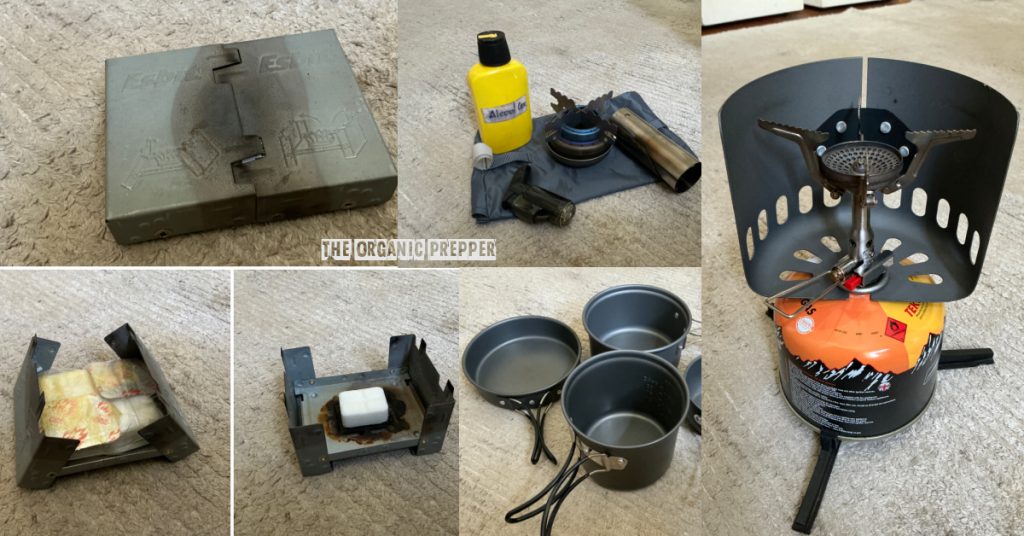
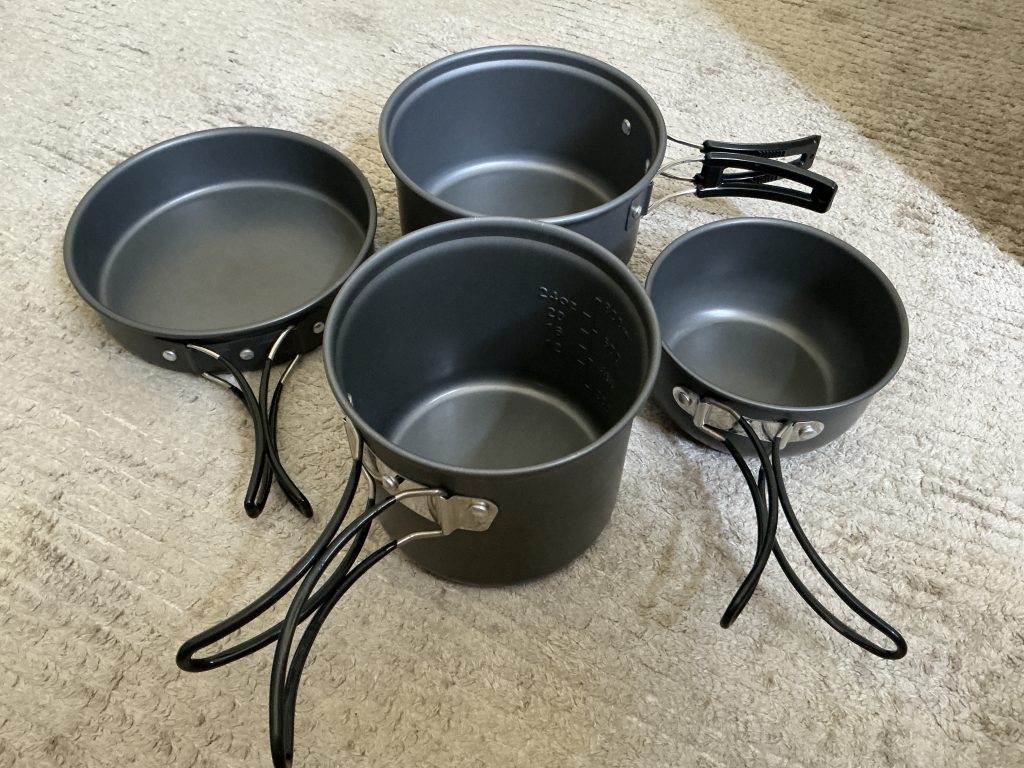
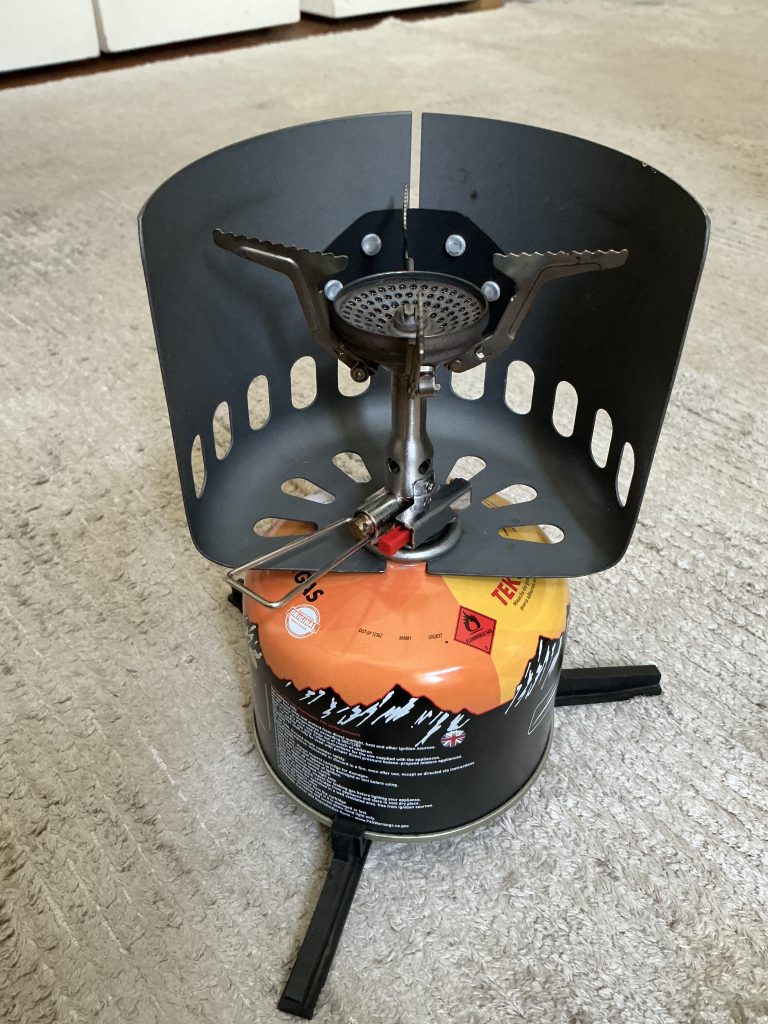
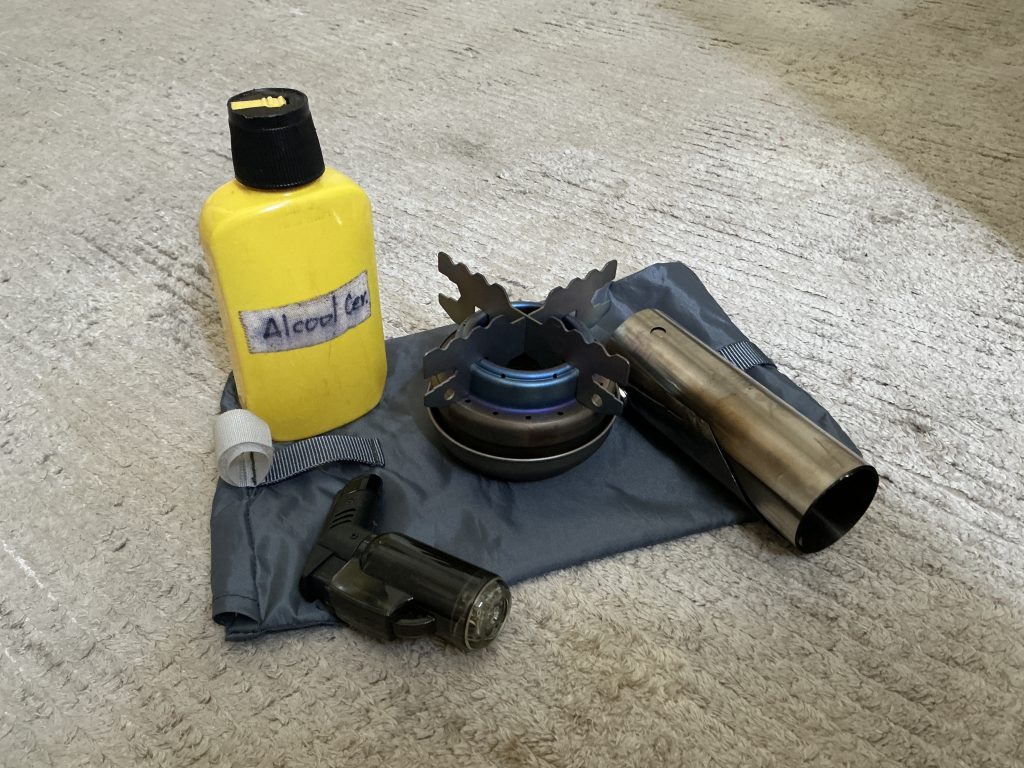
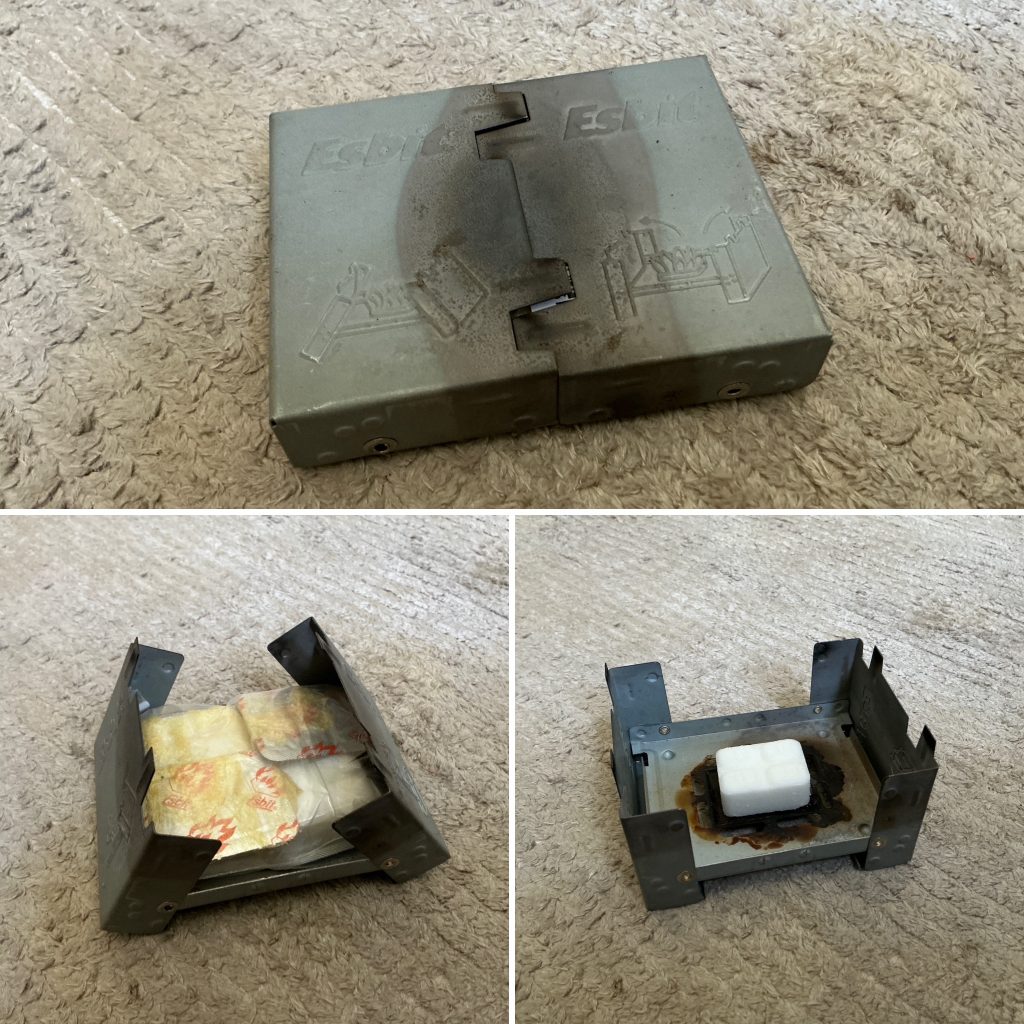
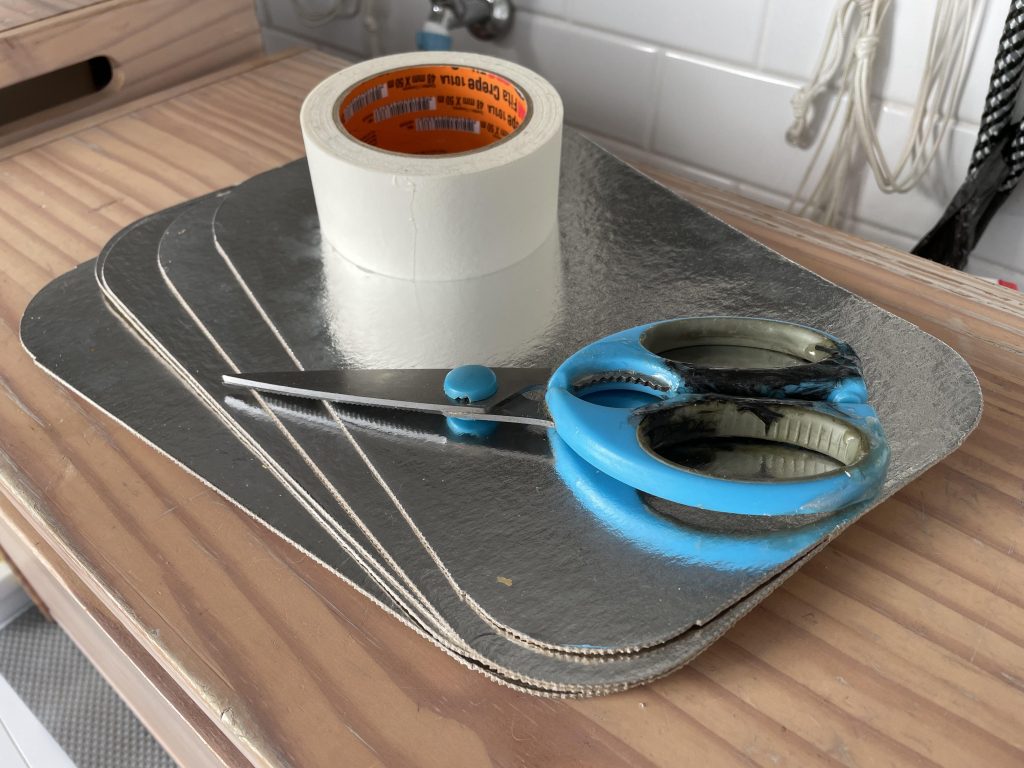

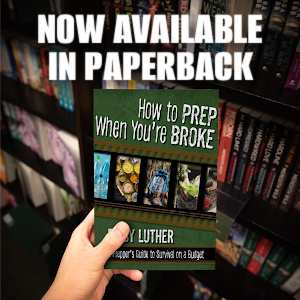


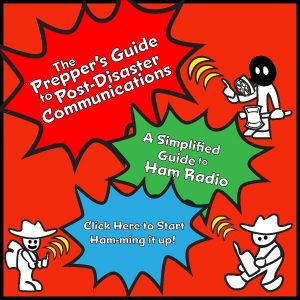
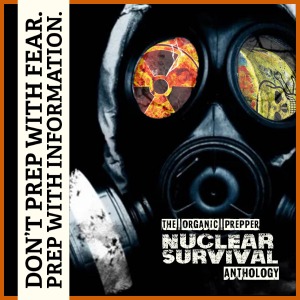


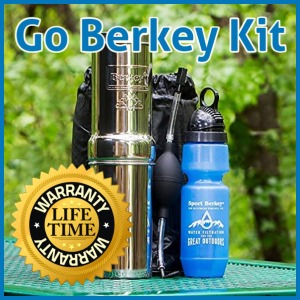
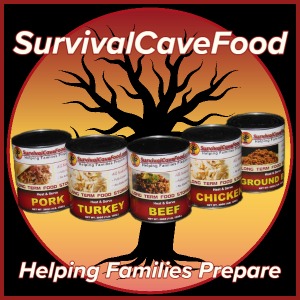




12 Responses
In my backpacking days. I made a lightweight stove for boiling and frying.
I took two pieces of aluminum roughly 8″x16″ and 1/8″ thick.
Bend the aluminum to make as “L” shape with the shorter part of one “L” about 3″ long. The other “L” should be 2 3/4″ long so the two panels will nest.
Add 2 hinges and you have a portable fire pit.
To use, it couldn’t be simpler. Open the stove by making a “V” out of the “L” shaped panels. Make a fire inside the “V”. I would frequently dig a small trench for the firepit. This also helps with wind management.
I have two camp stoves. The one can use two types of fuel, white gas and kerosene. The other is a multi-fuel. White gas, kerosene, gasoline, even jet fuel.
No matter what sort of heat source you use, a good way to conserve fuel is what was called a “hay box” but is also known as a heatless or flameless cooker.
It is essentially a heavily insulated box, into which you place a covered pot of food which has been heated to a high boil for about 15 minutes.
The food is cooked by the residual heat which is retained by the insulated box.
Similar devices can be purchased online, but can also be improvised using an insulated ice chest and making a nest within it to rest the cook pot.
Used a lot in WW II, it conserves a lot of fuel.
As always, make sure the food reaches safe cooking temperature before consuming.
I have been outdoors/grid down cooking for almost 60 years now and agree with your article very much. I started with sterno then WWII esbit tabs then butane etc , I have been through 7 hurricanes , and many backpacking trips and anything I cook in a regular kitchen I can cook or bake in the outdoors.
a very good point Val.
but lets face it, the only long term sustainable fuels are wood, coupled with cast iron cookware is the only way to go for long long term. everything else will run out of gas eventually. we have lived at our BO retreat for 35 yrs now and see no reason to bug out ( but ya never know, an asteroid maybe ), in my early years i used Sterno for privative camping and it worked well. i still keep two cans in my packs just for fire starting. there are many uses for them camping and they will light every time, either use them under a camp stove or spoon some out to use as a fire starter. knock the lid down and they won’t leak out in a backpack.
it has always worked for me for 60 yrs now
i wonder about articles like this that have all the Amazon links included.
Excellent Article Fabian!
You reminded me when I was using firewood in the middle of a 11 million people city (Lima/Peru). Hehe.
As a side note, I must tell to everyone too concerned with concealment, the smells of cooking will travel hundreds of meters, even if there´s no wind. The best course of action I believe is, using dehydrated foods, which I believe make the whole process a little bit faster; cook TWO meals, and then pack and go to another place. For the next meal, you will have only to warm for a while and this will keep the fumes to a minimum. This is, if you´re really concerned about safety. Which, given the famous concept of “nine meals before anarchy”, makes a lot of sense after what I´ve seen around here.
Hi, great article, thanks.
As someone who lives in a small space (yacht) and uses propane to cook, and a diesel heater to warm living space, BEWARE of carbon monoxide poisoning.
CO will occur when burning anything..
Also, when using any camping style stove, no matter what type of fuel, beware of radiated downwards heat.
It is ESSENTIAL to put a LARGE form of Trivet under the stove (think plywood at minimum, preferably thick alloy sheet, with air space underneath) to prevent severe damage to benchtop, maybe even a fire !
Found out the hard way when cooking in cockpit with a fuel stove and pressure cooker ..
When I run expeditions in the Alaska bush I use an MSR whisper lite with the gasoline orifice. It allows me to only have to pack in one fuel as my outboard engines burn gasoline. Clients like food done evenly while they sit around the fire.
When I’m solo in the bush I cook over a sidebar of hot coals from the fire using a cast iron pan or a cast Dutch oven (yes, they made them)and am not as finicky about perfect cooking. When solo, I only use my MSR for coffee.
I know and have mastered several ways to create fire in conditions ranging from blue skies to howling wind. Do take this advice, please. Start your fire long before you need it. Fine motor skills are perishable with every ,hour, minute and second, compounding negatively against your will regardless of your skills.
The best fire is the one you start when you have all your composure and faculties.
Cast aluminum Dutch oven
Daisy could you please make the correction to my post so it makes sense.
My introduction to camping stoves was the tried and true Coleman two burner liquid fuel stove that my parents used for car camping for a family. Those are still being made. https://www.amazon.com/Coleman-3000000788-2-Burner-Liquid-Stove/dp/B000QUIKX8/ref=sr_1_20?sr=8-20 Coleman has brought out a “duel fuel” version of this stove, meaning that it can also burn automotive gasoline, but my experience with trying automotive fuel is that it burns not as hot, and is quite dirty. https://www.amazon.com/Coleman-Burner-Compact-Liquid-Stove/dp/B0009PUPX8/ref=sr_1_36?sr=8-36&xpid=XZY3F8FEJURRP
¶
My first backpacking stove was also a liquid white gas (Coleman fuel) stove. It was an Optimus 8R (long ago discontinued). I used it for camping, picnics, hot meal at work, wherever I wanted to cook something. Optimus later bought out a competitor that uses the same technology, and still markets it as the Optimus Svea.
¶
A twig stove of this design (there are several of this basic design) https://www.amazon.com/SOLEADER-Portable-Wood-Burning-Stoves/dp/B071KCSZ5Z/ref=sr_1_15?sr=8-15 When using dry wood, these give off very little visible smoke, but the flames are bright and leave a layer of soot on the bottoms of pans. Because they focus flames into a small area, they can cook a meal using very little wood. Because it uses very little wood, it doesn’t produce a bed of coals, like a charcoal fire.
¶
I made my own version of a twig stove, similar to the above. It shares the same advantages and disadvantages as the twig stove above. It has taken me some trial and error to master cooking over this stove.
¶
A note on soot from cooking over a wood fire—I coat the bottoms of my pans with soap, most often from a bar of bathroom soap, before cooking. After cooking, much of the soot just washes off in water, only a little requires scrubbing with a stainless steel wool, and then not too hard.
¶
I’ve had very limited experience with alcohol stoves and haven’t tried out the other stoves mentioned. Practicing now when it is not an emergency, means that one will be prepared for emergencies.
Sorry, I tried four times to post my message, each time the paragraph breaks were deleted. I finally inserted ¶ where the paragraph breaks were supposed to be.
My go to camp stove is a BioLite Camp stove. It is a twig stove but it converts heat energy into electricity so you can recharge your devices. It is small enough that you can conceal it but big enough to hold a cast iron pan.